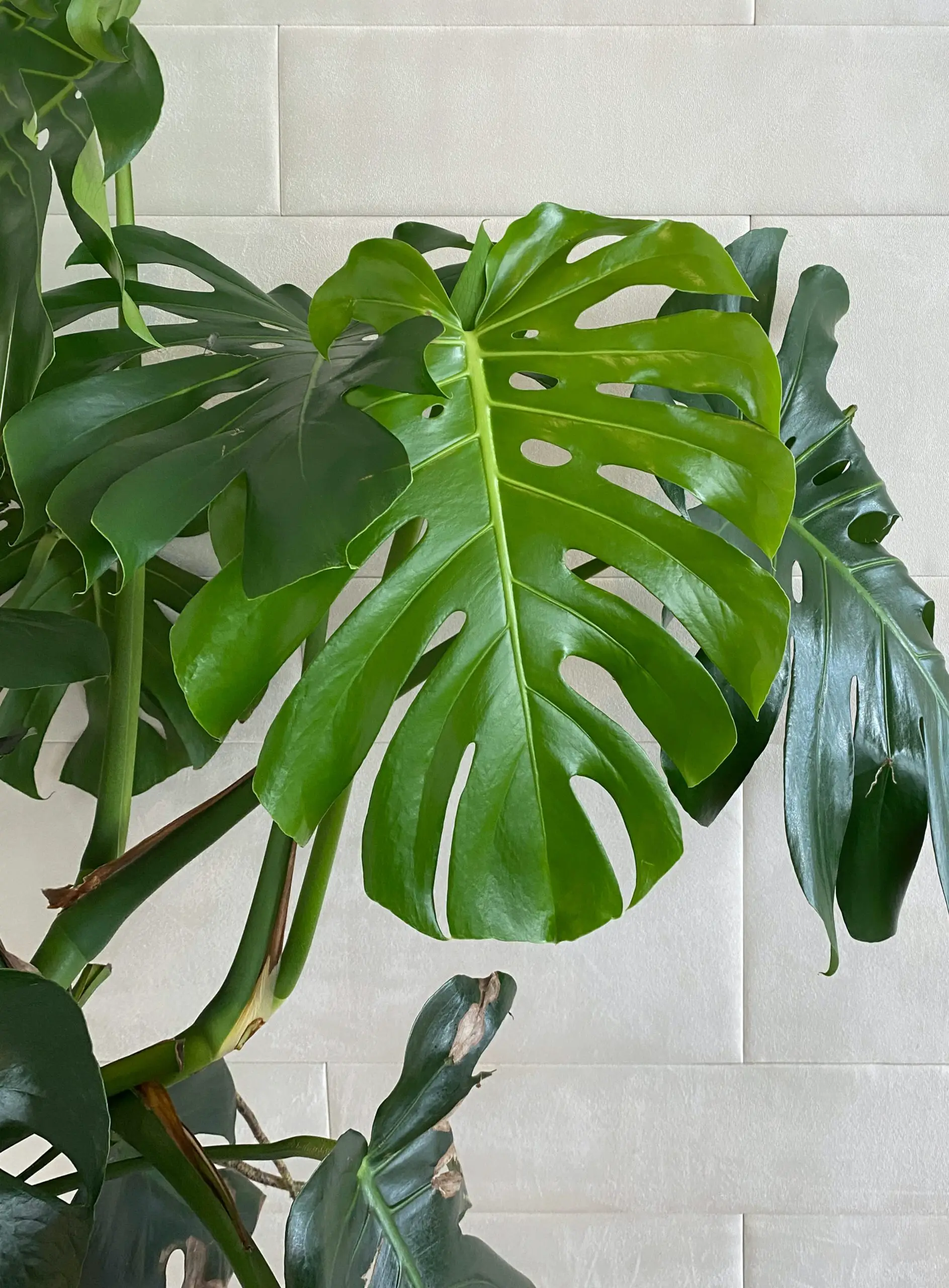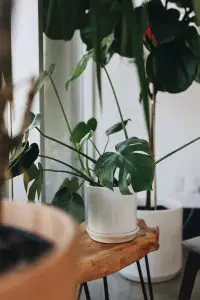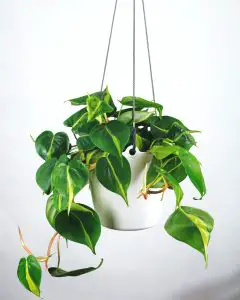Last Updated on April 9, 2024 by Real Men Sow
There are many types of houseplants, from tiny cacti to large-leafed species that dominate their spaces. If placed well, these indoor plants with big leaves can be a great addition to any living space, dining area, or conservatory.
Many of these species are native to tropical rainforests, so they require similar indoor conditions. High humidity and light, but not direct sunlight. You can create these conditions in your bathroom or kitchen. However, you might need to maintain humidity in other areas by misting the leaves and placing the pot on a tray of moist stones.
Reminder When Growing Indoor Plants With Big Leaves
Alocasia, Monstera, and Philodendron are all members of the Araceae aroid family. These beautiful plants can also produce toxic and irritant sap that can cause severe allergic reactions in some people. Avoid direct contact with sap. Long sleeves and gloves are recommended when cutting stems.
Beautiful Indoor Plants With Big Leaves You Should Grow
Swiss cheese plant, Monstera deliciosa
Monstera delicios, the Swiss cheese plant, has large, heart-shaped, glossy leaves reminiscent of Swiss cheese’s holes. It is a tropical rainforest native to Central America and because it has aerial roots, it must be grown up a pole of moss, through which its roots can penetrate. To maintain humidity, grow in well-drained and moist compost.
Mini Swiss cheese plant, Monstera sp.
The mini Swiss cheese plant looks very similar to the original, but it is smaller and can be grown either as a climber plant or as a trailing plant. The leaves are medium-sized and have a few holes. Water the plants regularly during their growing season. If necessary, mist them to increase humidity.
Heart-leaf, Philodendron scandens
The heart-leaf can be tied to a pole of moss or placed in a pot. Its leaves can fall over the sides and then trail down. The attractive heart-shaped leaves grow as the plant matures and they can reach up to 30 cm in length. It is native to Central America and the Caribbean therefore, it needs a moist environment with partial shade. You can water freely throughout the growing season, and you can mist the leaves if needed.
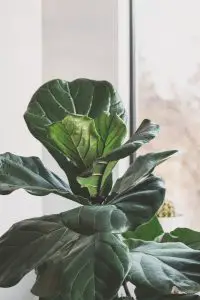 Fiddle-leaf fig, Ficus lyrata
Fiddle-leaf fig, Ficus lyrata
The fiddle-leaf fig is a native to West Africa’s tropical rainforests. It thrives in humid, light environments and out of direct sunlight. It has large, glossy leaves that are teardrop-shaped and have prominent veining. It will eventually grow into a tall, open-structured plant. To get the best results, water sparingly, mist your leaves regularly, and wipe them cleanly. Temperatures should be kept as constant as possible throughout the year. Don’t allow them to drop below 12ºC.
Elephant’s ear Alocasia x amazonica
Amazonian elephant’s ears are a beautiful foliage plant with dark, heavily veined, and shield-shaped leaves. It can flower if it is given the right conditions, but the flowers are much less dramatic than their foliage. It is a native of tropical Southeast Asia that is why, to thrive, it needs a high level of humidity. To maintain humidity, you can also place the pot on a tray with damp pebbles.
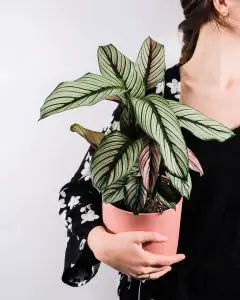 Calathea
Calathea
Calathea genus includes many plants, each with patterned, glossy leaves. Some plants can grow up to 60 cm tall. The foliage is usually a lighter shade of green than mature leaves and has less patterning. They look great in a container with other foliage plants or on their own. They are native to South America’s tropical regions, which means they require plenty of water and a moist environment. To maintain humidity, mist the leaves.
Begonia rex
Fancy leaf, also known as rex begonias, has large leaves in a variety of colours. The leaves are dramatic with their texture and hairy appearance. Although some varieties may bear flowers, they are usually insignificant and growers often remove them to preserve the appearance of the foliage. You should plant them in well-drained and moist soil. Don’t let the soil become too dry. Although a humid environment can be desirable, it is important to avoid misting. This can lead to powdery mildew.

